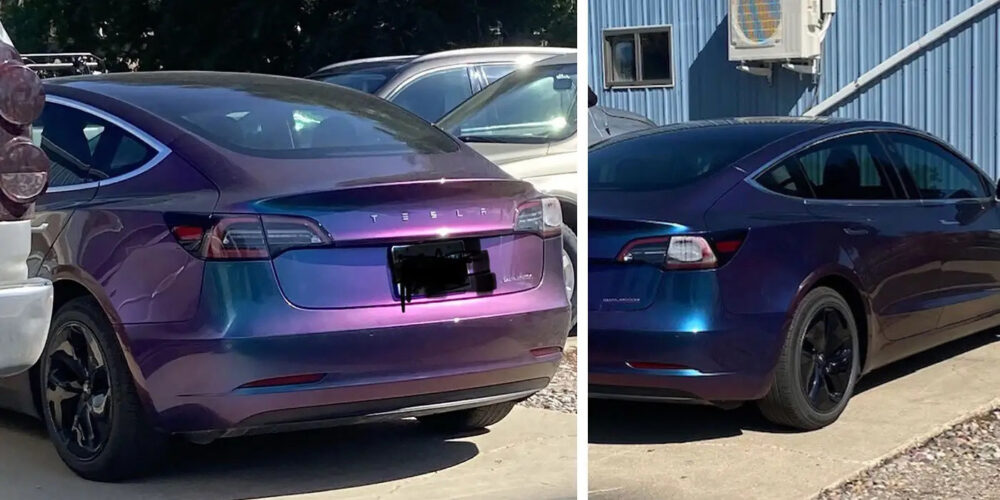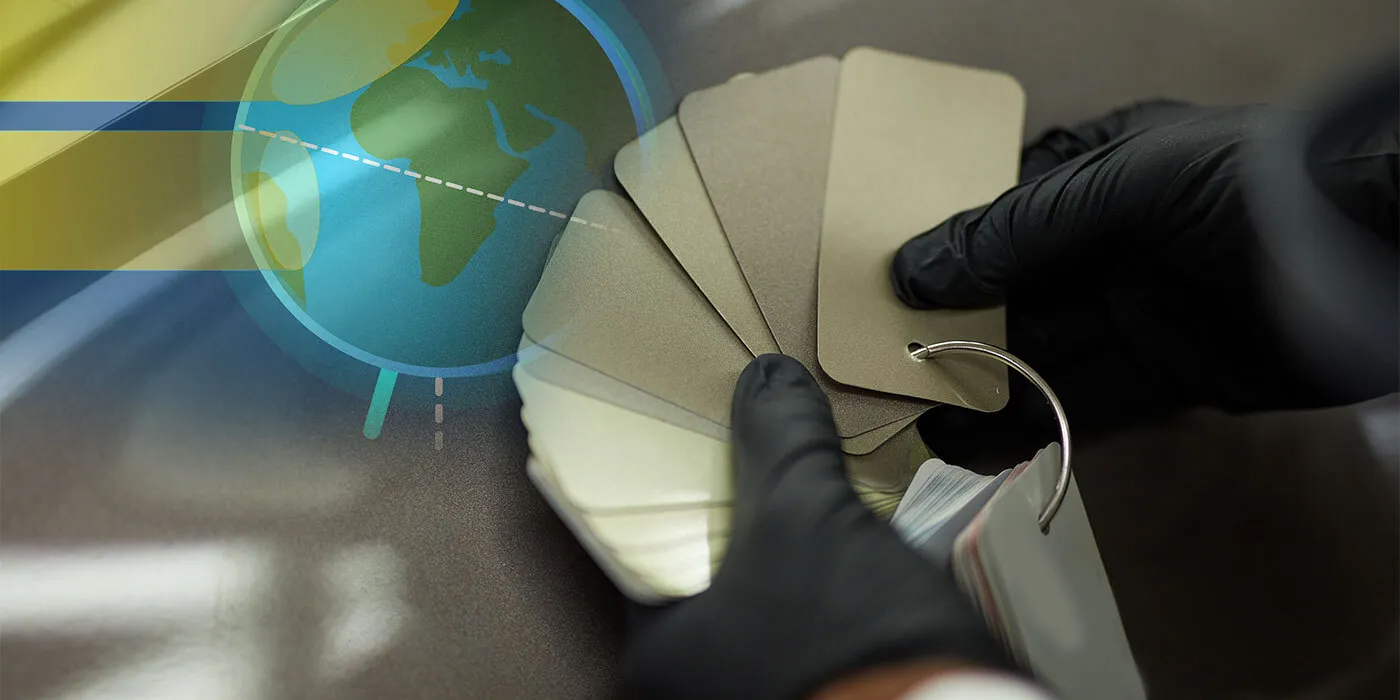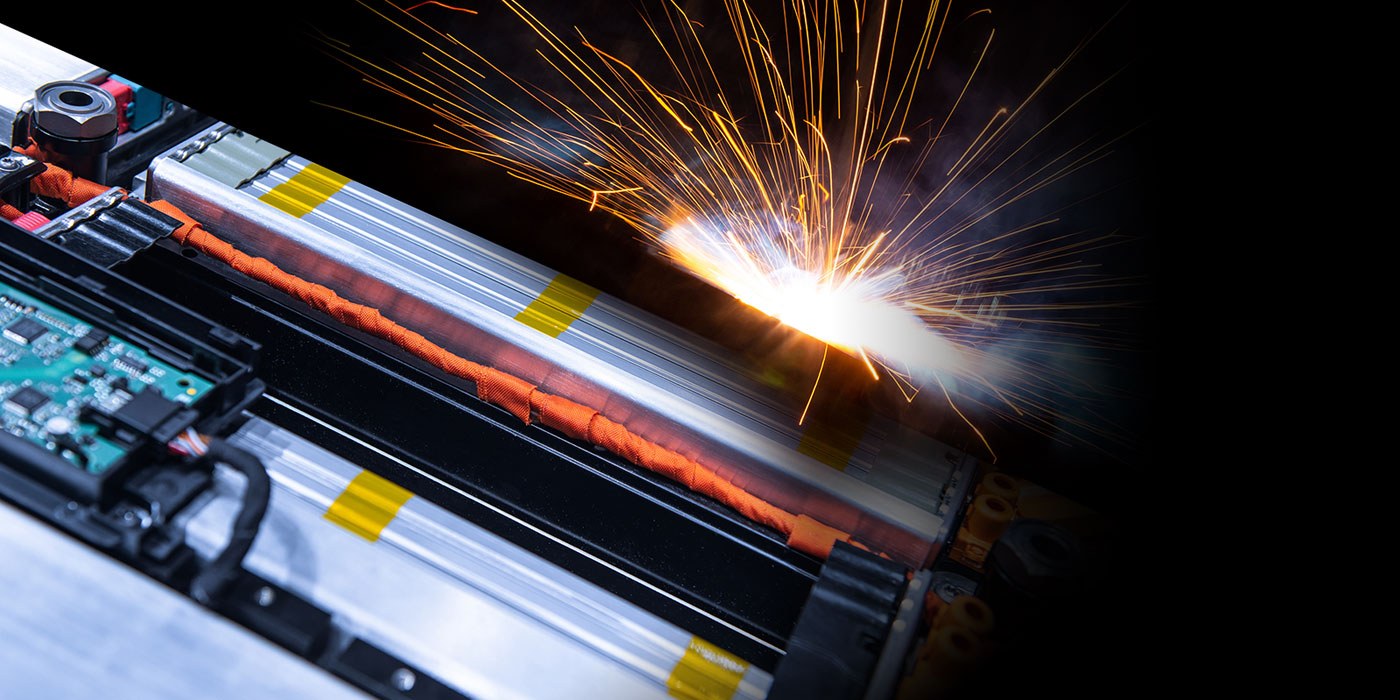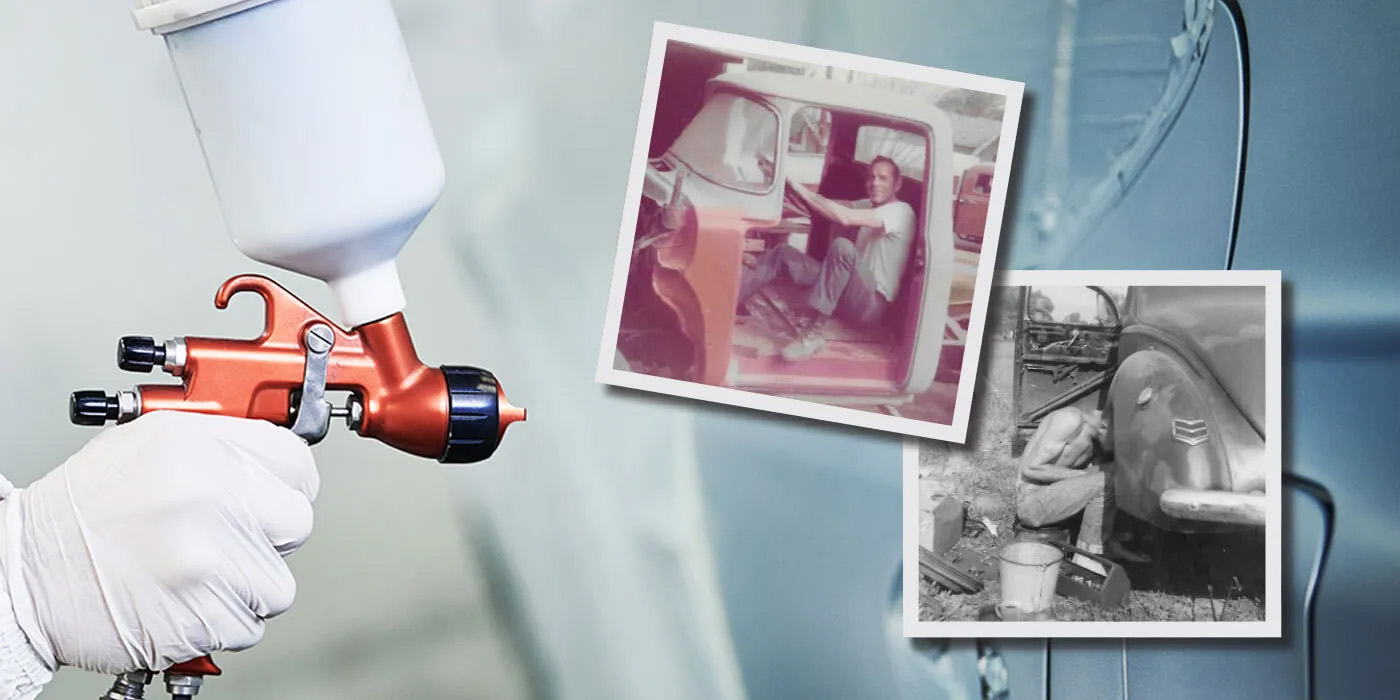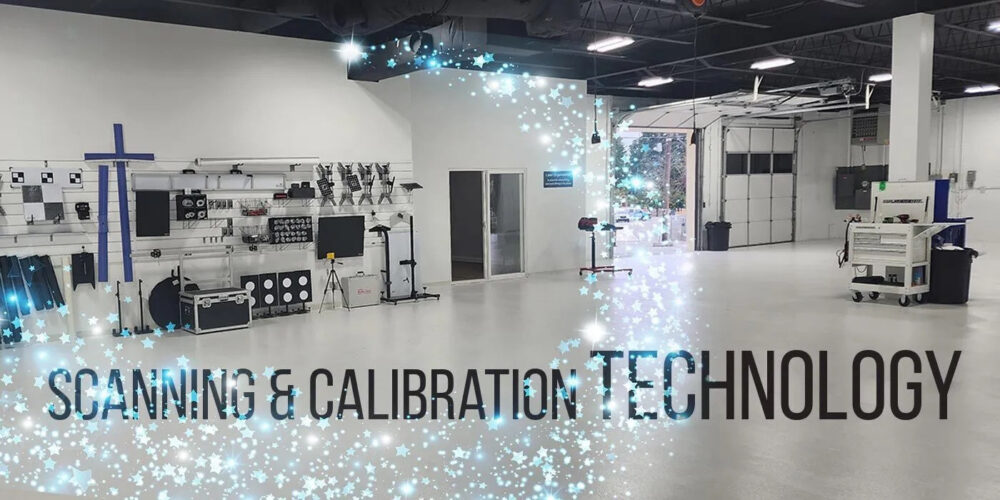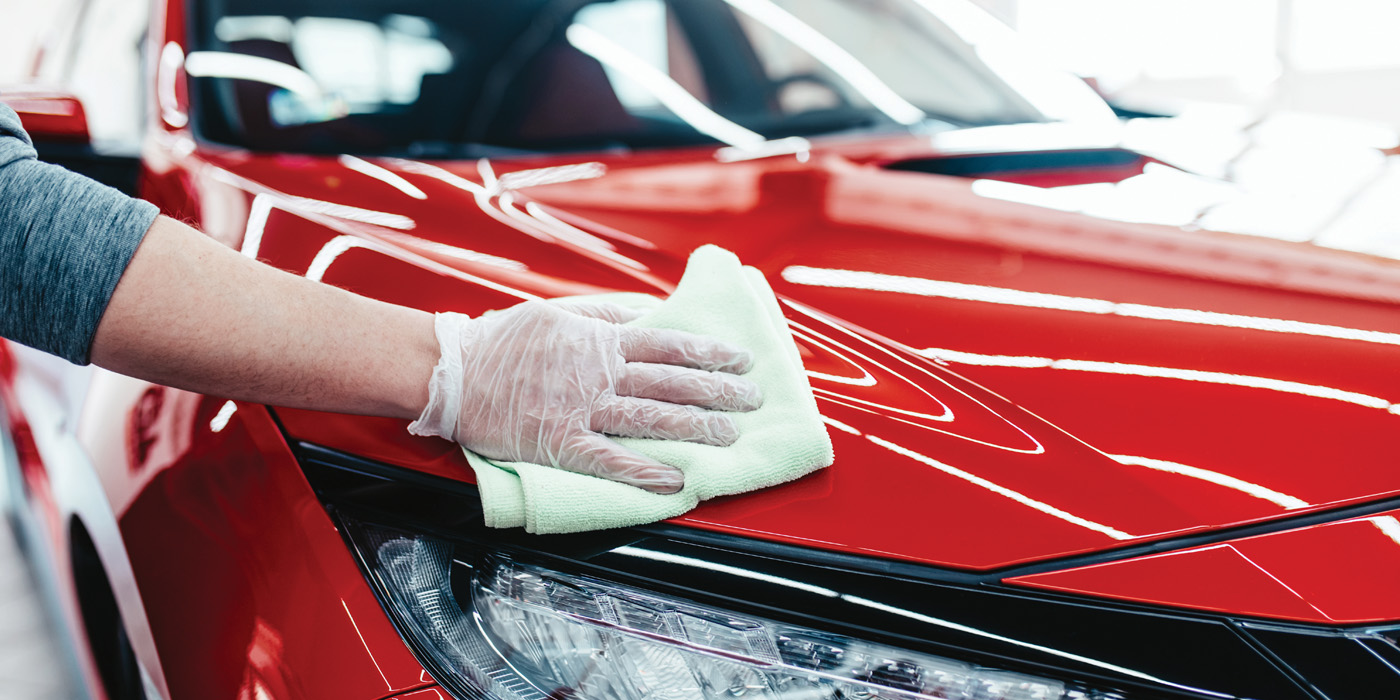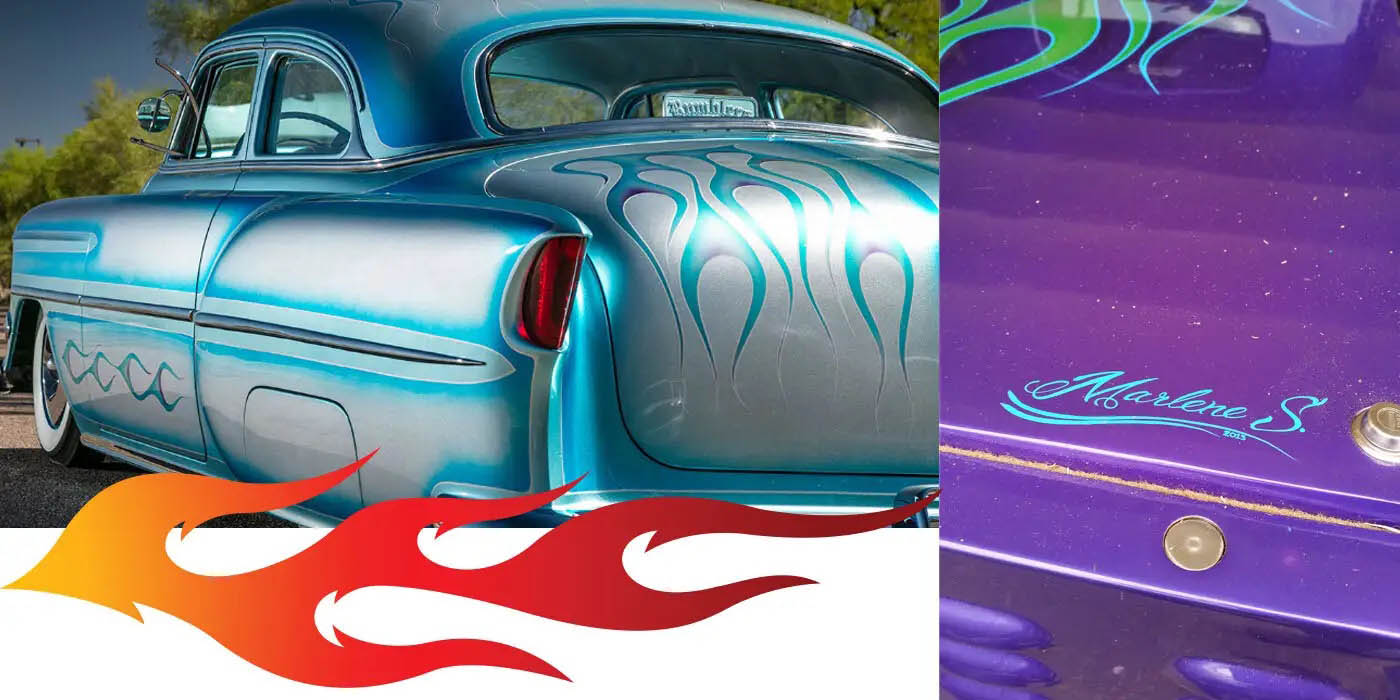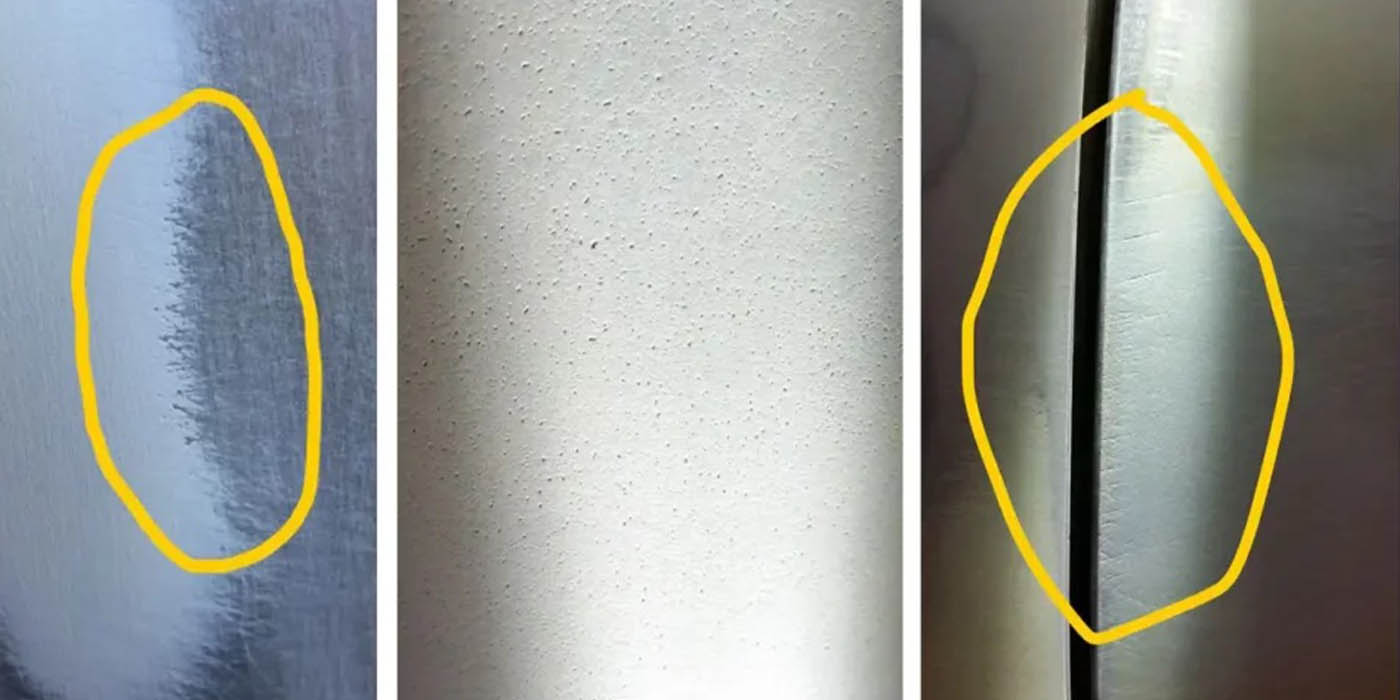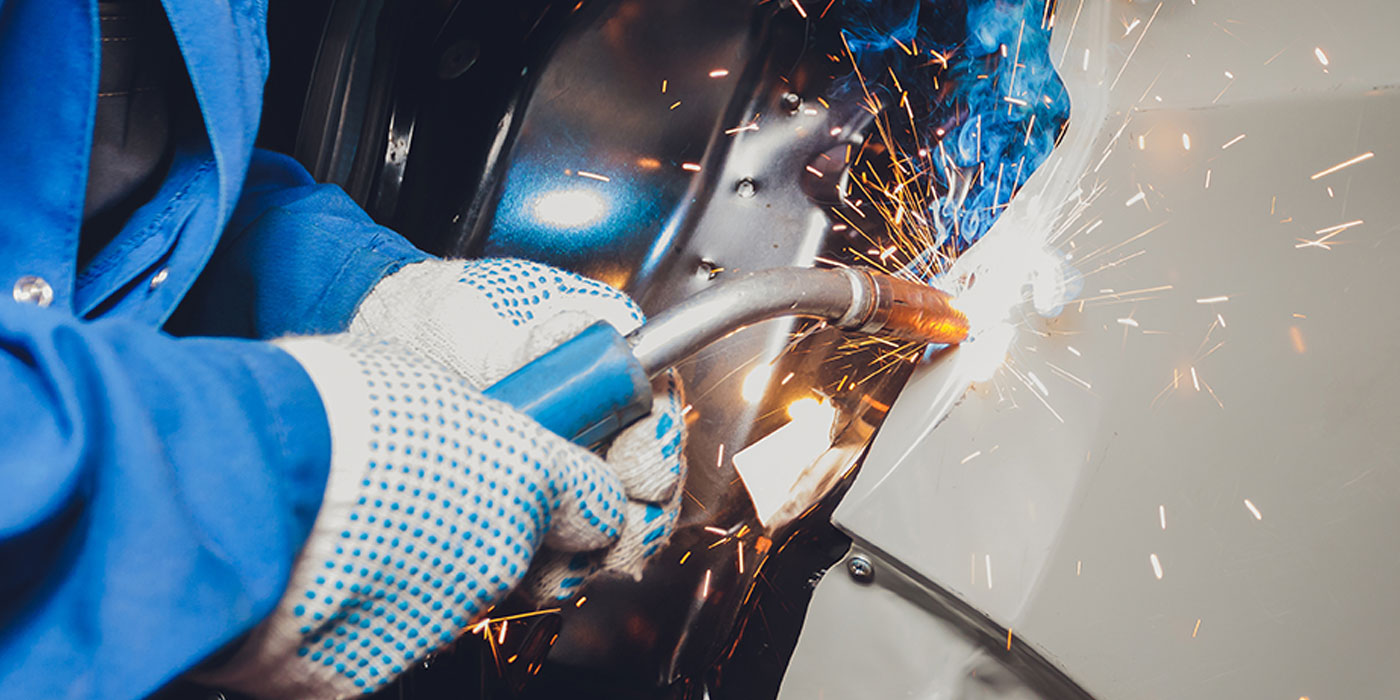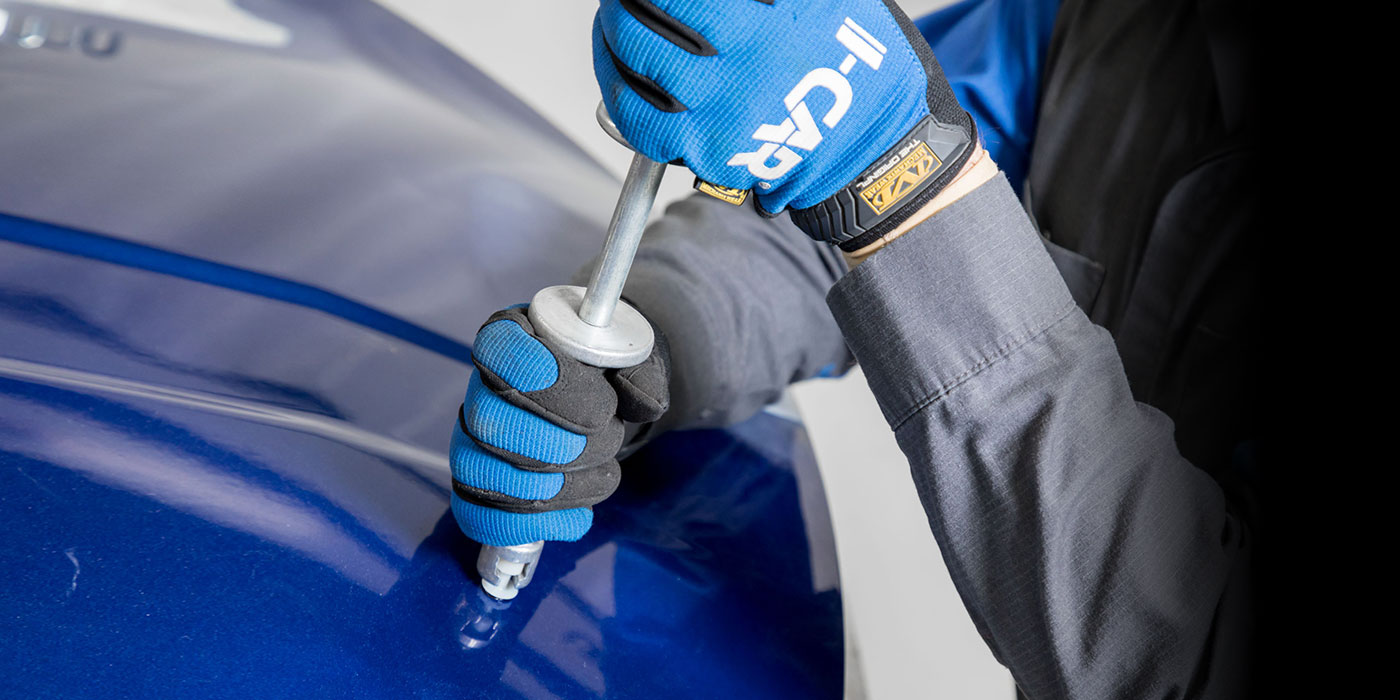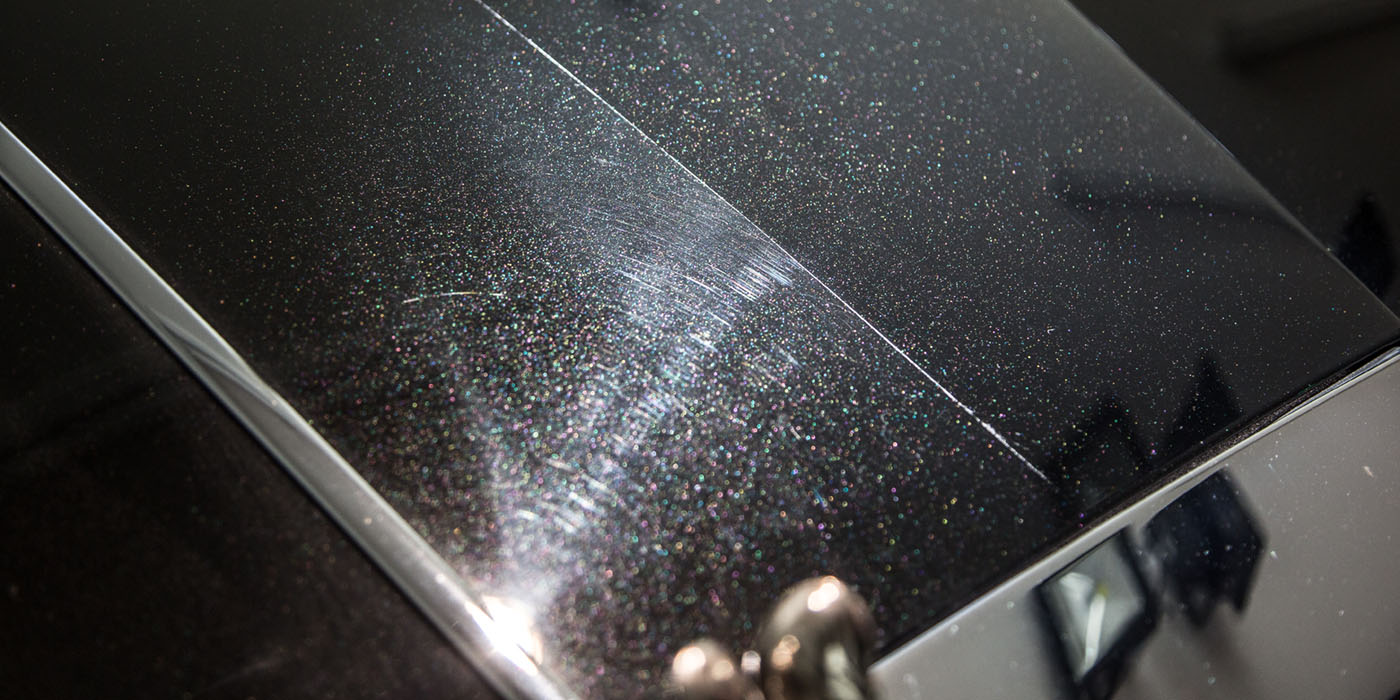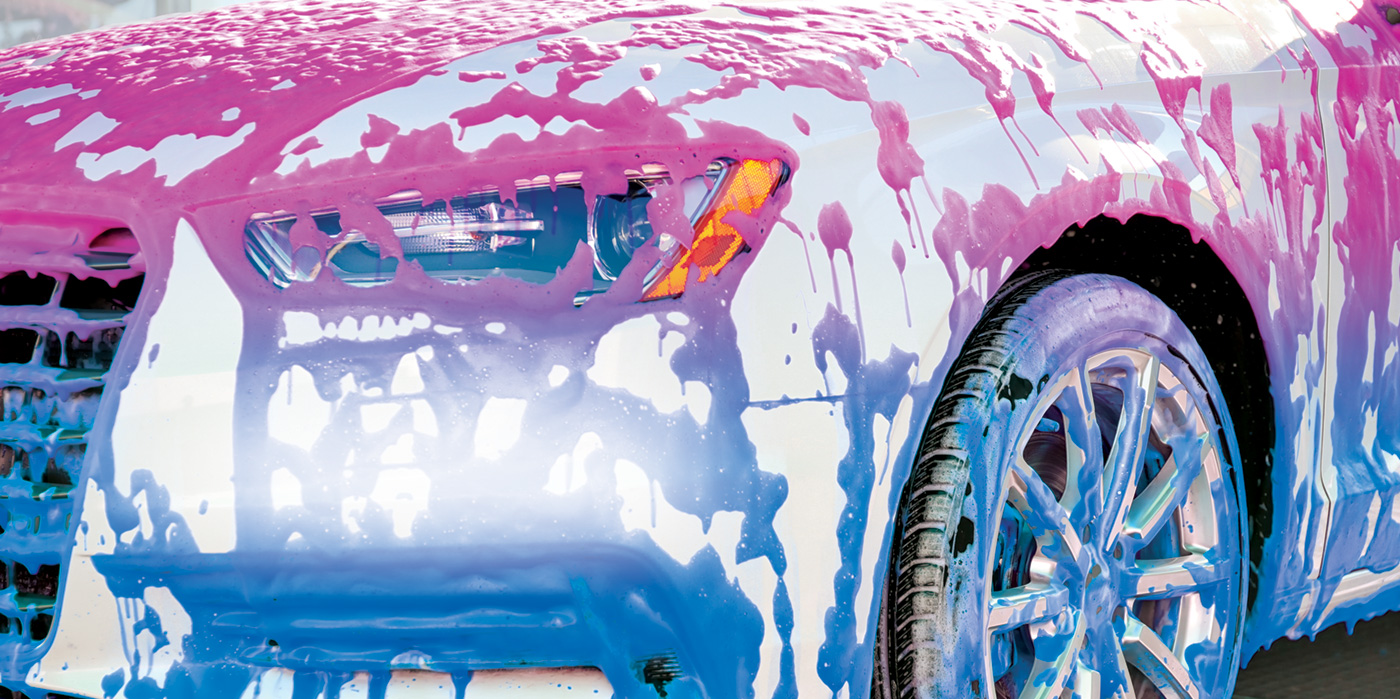What exactly constitutes a custom color? Aren’t there a finite amount of colors based on the color wheel, and haven’t we already discovered them all? Can we simply “cocktail” leftover paint into something custom? Do we see custom colors eventually in OEM offerings? Naturally, while the answers may be as varied as we are — eye of the beholder and all that — I’d submit we generally know it when we see it.
We may tend to associate non-custom colors as custom due to the application and artwork (think old-school flames). We would certainly call flames custom paint work, but is that really a custom color?
So what is a custom color? It could be argued that any aftermarket coatings that are not represented by OEM offerings are custom. However, that’s a moving target. We regularly see pearl paint jobs from the factory — typically white pearl but not always — and that is definitely born from custom work of decades past. How about matte finishes? They’ve long been associated with rat-rods and other customs, yet we’ve seen a handful of OEM matte finishes recently. Strictly speaking, a matte finish isn’t a color per se but results from an additive that disrupts the reflective qualities of the finish, resulting in a dull appearance. The result is a custom look, but again, not a custom color.
Making Custom Colors
Regardless of how many young painters have created their own “custom” colors by cocktailing paint, I’m in the camp that does not recognize that as custom. You’re free to disagree with me, but the only real purpose of cocktailing paint is to use up leftover paint to create a close ground coat to facilitate better coverage of a poor-covering color coat.
It is possible to mix some colors together and keep it clean and visually attractive, but it’s more common to muddy up the color by doing so. Additionally, without copious notes of the creation, you’ve probably just created a color that is difficult, if not impossible, to replicate in the event it needs to be painted again in the future.
That’s not to say we cannot create custom colors, but we’ll need the help of the pioneers who came before us, utilizing products they developed. Additionally, the “big guys” in paint manufacturing all have color cameras with which they can create a color from a sample. That could be construed as a custom color.
House of Kolor — Jon Kosmoski
House of Kolor is the obvious starting point, as it is ubiquitous in the custom color world. Jon Kosmoski is self-educated in the arena of making custom colors. Unhappy with what was available at the time, he dove in headfirst and, in his own words, made more mistakes than anyone. Yet he persevered, and the rest, as they say, is history. Creating and applying custom colors today has been made easier due to Kosmoski’s innovations and developments. Pearl bases, fluorescent bases, candy coats and flakes are all products he dabbled with, and today we have seemingly endless combinations available to us.
I would also argue that Kosmoski’s innovations with custom colors demanded that the bigger paint manufacturers up their game. Today we have Hot Hues, Vibrance, Rod and Custom, to name a few from the big guys.
Custom Techniques
As important as the products are, the case can be made that the techniques are more critical. Kosmoski taught us how to “stack” colors — basecoats and midcoats — to create truly one-of-a-kind custom colors. It’s common knowledge that changing a basecoat will offer a different result after applying a midcoat of any type, but we did not always know that; it was often learned the hard way by many a painter, and I suspect the dots were not always connected immediately. Once they were connected, light bulbs would go off in painters’ heads as the possibilities started to reveal themselves. While this continues today, there is no question that it’s easier than ever for a young painter to learn techniques, thanks in large part to videos on the internet. Even the big paint manufacturers aimed at the OEM and collision level are teaching custom techniques in response to those darn factory three- and four-stage offerings from the automakers.
Truly Custom Colors
If techniques and application variances play into custom colors as a rule, are there any standalone custom colors? Of course there are; the chameleon colors come to mind. These colors will shift their hue and value demonstrably with changing light sources and viewing angles. It is spendy paint typically reserved for graphics of some sort, but occasionally you see an entire vehicle painted with this. However, I think more often encountered are additives that transform a generic color into something custom.
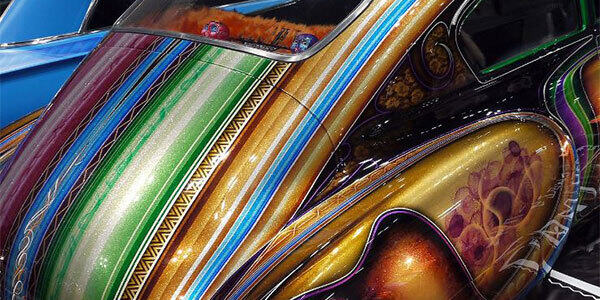
We have already discussed this with dyes, or candies, which are added to a carrier of sorts (often a catalyzed clear but not always) and used as a midcoat. Pearl powder and metal flake can also be used this way, as well as being added directly to the color, and while these technologies go back decades, we’re seeing some even older technology getting into the game.
Photoluminous
The technology of glow-in-the-dark paint has been around for over 100 years. The early development of it utilized radium (which Pierre and Marie Curie discovered in the late 1890s), and its primary application was in medicine. All of radium’s uses were based on it being radioactive. Some 20 years after the discovery, some smart (?) guy used it to develop a glow-in-the-dark paint, which was primarily used on watch and clock hands — for which it is not used anymore, due to it being radioactive.
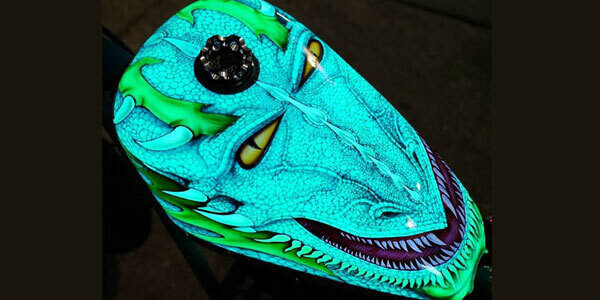
Though discovered and isolated in the 1690s, phosphorous was developed into a non-toxic, glow-in-the-dark paint much later. It too was incorporated into watches and clocks as well as children’s toys in the mid-1960s. My most memorable encounter with a glow-in-the-dark experience was fishing in the Pacific Ocean on a new moon, where reeling in my line would disrupt the phosphorous seaweed, revealing a shimmering glow — although fireflies at Grandad’s place in Missouri is a close second. We now know that as bioluminescence.
Back to the paint shop. We have available glow-in-the-dark additives that are typically mixed into a clearcoat prior to applying. Here again, graphics are the likely application.
Thermochromic
Thermochromic paint will shift hues or value due to temperature variations (think mood ring). This technology has also been around since the 1960s, but it seems the application for it eluded most everyone. There briefly was some clothing made with it, but the predictably unflattering results can be imagined when you think about anatomical hotspots — armpits, as one example.
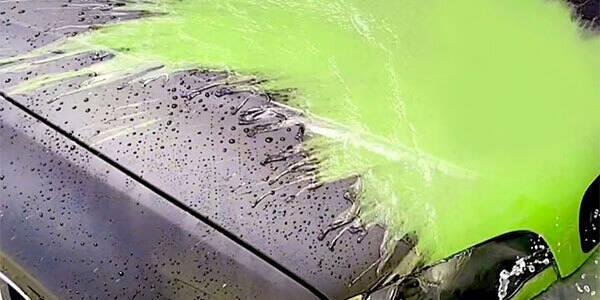
Some novelty magic mugs can be found, where the image of the mug will change when filled with hot coffee or water. Probably the most used application of this technology is with thermal printers.
Notwithstanding, it has found its way into the paint shop, and some creative custom work being done — only to be revealed in the heat of the day, or with hot water.
Uncharted Territory
As with all new ground covered, there is a degree of unknown. It is prudent to acknowledge when you start adding components to existing paint lines in search of a custom outcome that you’re voiding any warranty the paint line has.
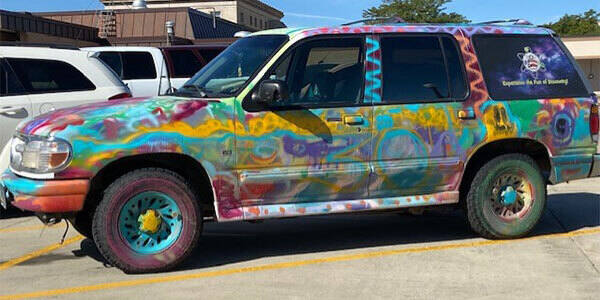
You may safely add powdered or liquid pearl from the manufacturer to its own products, following its guidelines, and stay within its warranty requirements. However, if you start behaving like a bench chemist and cocktail your own creations with whatever suits your fancy, then you’re on your own.
This quite possibly will bring you back to the pioneer of custom colors. Regardless of the paint line you use, to quote my father, “All it takes to do custom work is a little imagination and the guts to put it on the car.” Having seen what some people consider custom, I’m not sure I concur, Dad.

